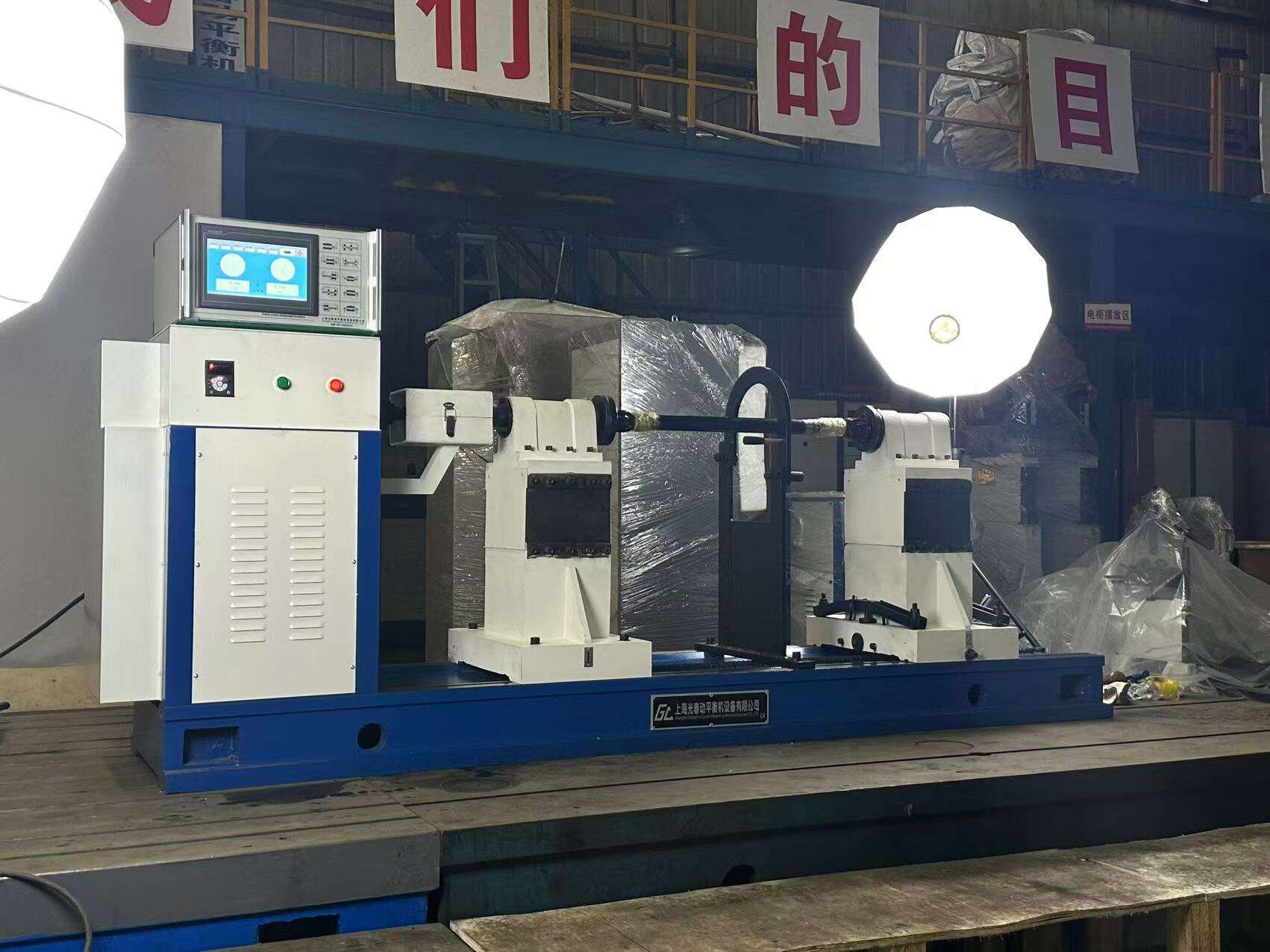Essential Guide to Modern Driveshaft Balancing Technology
The precision and efficiency of your vehicle maintenance operations largely depend on selecting the proper driveshaft balancing equipment. Whether you're running an automotive service center or managing a fleet maintenance facility, investing in the right balancing machinery can significantly impact your service quality and operational efficiency. This comprehensive guide explores the critical aspects of driveshaft balancing equipment selection, helping you make an informed decision for your specific needs.
Modern driveshaft balancing equipment has evolved significantly, incorporating advanced sensors and digital technology to achieve unprecedented accuracy levels. As vehicle designs become more sophisticated, the demand for precise balancing solutions continues to grow, making equipment selection more crucial than ever.
Core Components of Professional Balancing Systems
Advanced Measurement Technologies
Today's driveshaft balancing equipment features sophisticated measurement systems that utilize laser technology and high-precision sensors. These components work together to detect even the slightest imbalances that could affect vehicle performance. Digital displays provide real-time feedback, allowing technicians to make precise adjustments with confidence.
The integration of computerized measurement systems has revolutionized the balancing process, offering detailed analytics and automated calculations that were previously done manually. This technology not only improves accuracy but also significantly reduces the time required for each balancing operation.
Mounting Systems and Support Mechanisms
Quality driveshaft balancing equipment includes robust mounting systems designed to accommodate various shaft sizes and weights. Self-aligning support rollers ensure proper positioning and rotation, while quick-change adaptors enable rapid transitions between different driveshaft types. These features contribute to both efficiency and accuracy in the balancing process.
The stability of the mounting system plays a crucial role in achieving precise results. Premium equipment often incorporates vibration-dampening technologies and heavy-duty construction to maintain accuracy even during high-speed rotation tests.

Technical Specifications and Performance Factors
Speed Range and Capacity Requirements
When selecting driveshaft balancing equipment, consider the speed range capabilities needed for your specific applications. Modern systems typically offer variable speed control, allowing for testing at different RPMs to identify resonance issues. The equipment's capacity should match your typical workload, accounting for both length and weight specifications of the driveshafts you commonly service.
High-end balancing machines can handle speeds up to 7,000 RPM or more, providing comprehensive testing capabilities for various vehicle types. The ability to test at multiple speeds ensures thorough validation of the balancing process across different operating conditions.
Calibration and Accuracy Standards
Professional driveshaft balancing equipment must meet strict calibration standards to ensure reliable results. Look for systems that offer easy calibration procedures and maintain accuracy over time. The best equipment includes self-diagnostic features and regular calibration reminders to maintain optimal performance.
Modern balancing systems typically achieve accuracy levels within 0.1 gram-inches or better, ensuring precise correction of imbalance conditions. Regular calibration verification helps maintain this high level of accuracy throughout the equipment's service life.
Software and Control Interface Features
User Interface Design
The control interface of driveshaft balancing equipment significantly impacts operator efficiency and accuracy. Modern systems feature intuitive touchscreen displays with clear graphics and easy-to-navigate menus. These interfaces provide real-time feedback and step-by-step guidance through the balancing process.
Advanced software features often include customizable user profiles, allowing multiple technicians to save their preferred settings and work parameters. This functionality improves workflow efficiency and maintains consistency across different operators.
Data Management and Reporting
Contemporary driveshaft balancing equipment includes comprehensive data management capabilities. These systems can store detailed records of each balancing operation, generate professional reports, and track historical performance data. Such features are invaluable for quality control and customer documentation purposes.
Integration capabilities with shop management software and cloud-based systems enable seamless record-keeping and data analysis. This connectivity helps maintain detailed service histories and supports preventive maintenance programs.
Maintenance and Support Considerations
Preventive Maintenance Requirements
Quality driveshaft balancing equipment requires regular maintenance to ensure consistent performance. Consider equipment designs that facilitate easy access to critical components and include built-in maintenance schedules. Regular calibration checks, bearing inspections, and software updates are essential aspects of equipment upkeep.
Leading manufacturers provide detailed maintenance guidelines and often offer preventive maintenance contracts to help maintain equipment accuracy and reliability. These services can significantly extend the operational life of your balancing equipment.
Technical Support and Training
Comprehensive technical support and training programs are crucial when selecting driveshaft balancing equipment. Look for manufacturers that offer thorough initial training, ongoing support, and readily available technical assistance. These services ensure your team can effectively utilize all equipment features and quickly resolve any issues that arise.
Online training resources, video tutorials, and remote diagnostic capabilities are valuable support features that enhance the overall value of your equipment investment. These resources help maintain operator proficiency and minimize downtime.
Frequently Asked Questions
How often should driveshaft balancing equipment be calibrated?
Professional driveshaft balancing equipment should undergo calibration checks at least quarterly, with full calibration performed annually or as recommended by the manufacturer. Regular use or environmental factors may require more frequent calibration to maintain optimal accuracy.
What are the power requirements for industrial driveshaft balancing equipment?
Most professional driveshaft balancing equipment requires 220V-240V three-phase power supply, though specific requirements vary by model and manufacturer. Always verify power specifications before installation to ensure proper operation and prevent equipment damage.
How long does a typical driveshaft balancing procedure take?
With modern driveshaft balancing equipment, a standard balancing procedure typically takes 15-30 minutes, depending on the driveshaft size and initial imbalance condition. Advanced equipment features can significantly reduce this time through automated processes and quick-change tooling systems.




